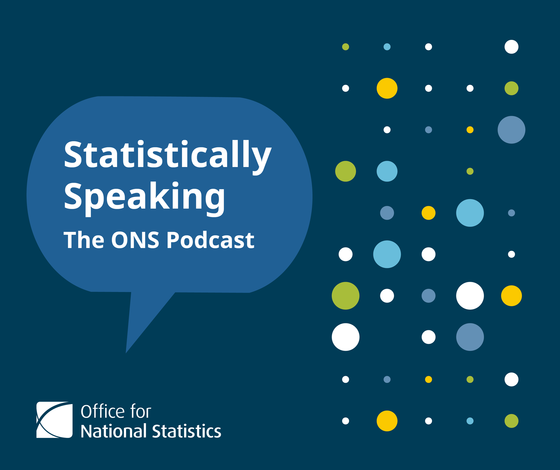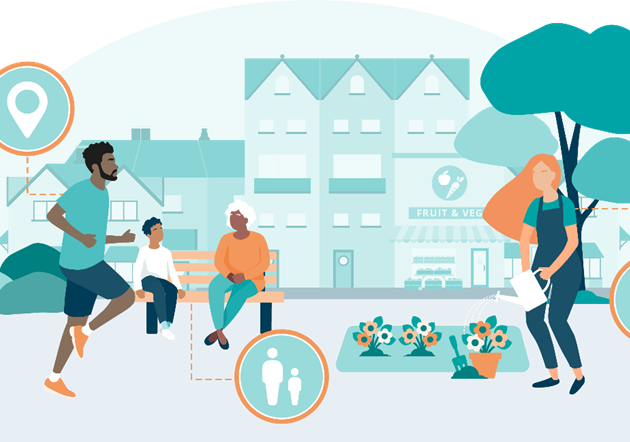Growing confidence in our ability to move to a new population statistics system

The Office for National Statistics has been working at pace to produce more timely and reliable population estimates. By using multiple data sources to reduce reliance on a 10-yearly census, we are proposing a new system which would be responsive to change and provide decision makers with the evidence to put the right services in the right places.
Read more on Growing confidence in our ability to move to a new population statistics system


